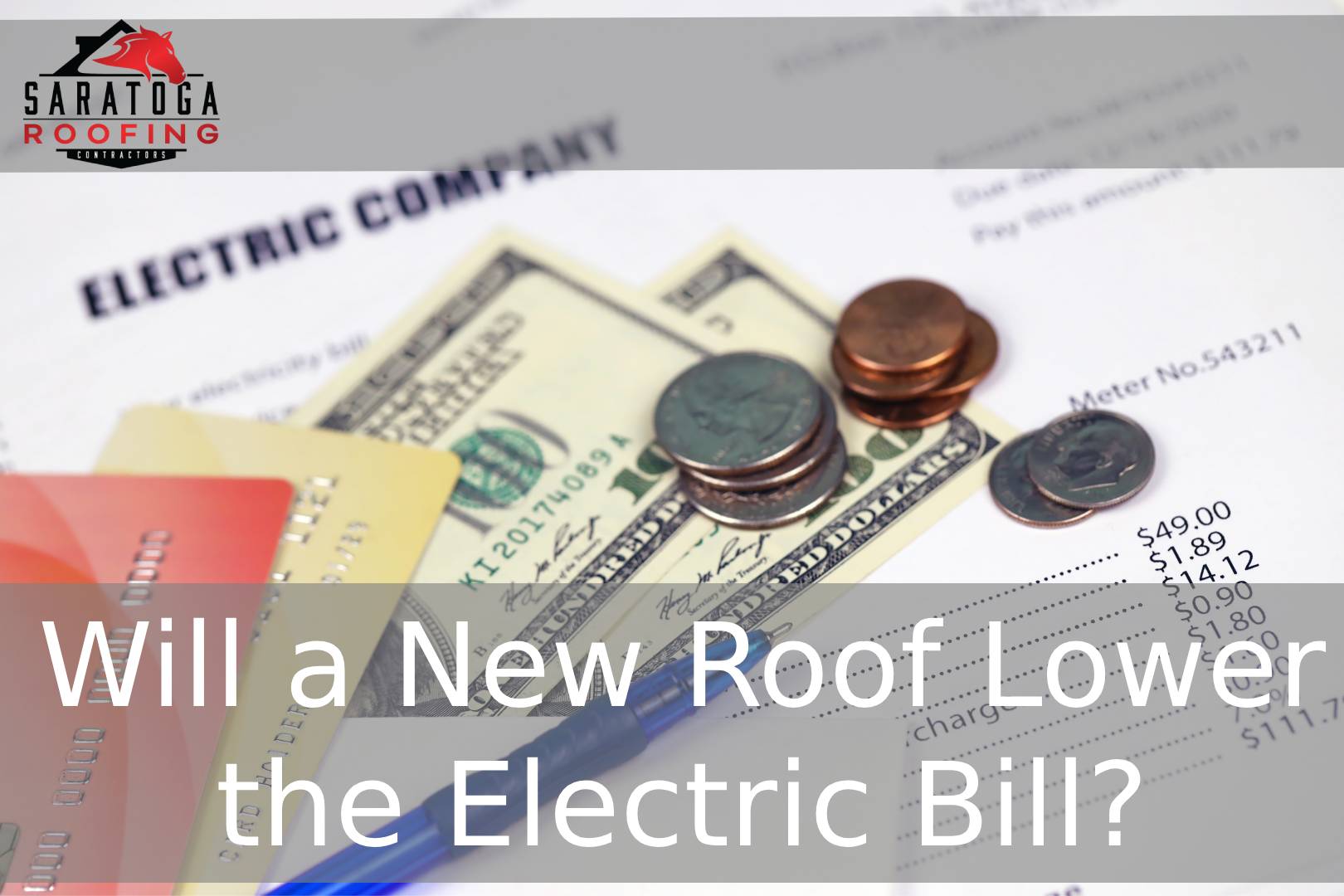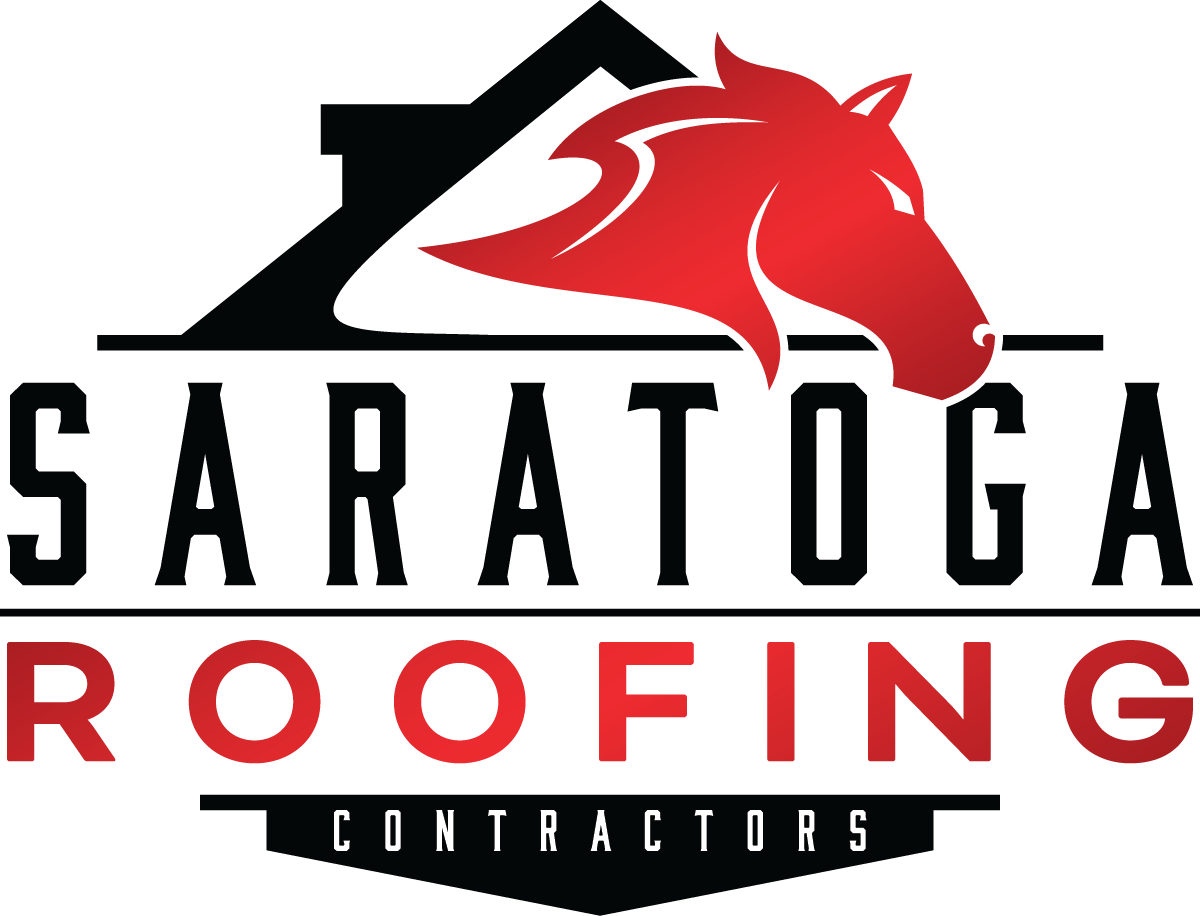
Yes, a new roof can lower your electric bill, but the extent of the savings depends on several factors.
Modern roofing materials and technologies, such as cool roofs, are designed to improve energy efficiency by reflecting more sunlight and absorbing less heat.
This helps keep your home cooler during hot months, reducing the workload on your air conditioning system.
Additionally, proper insulation and ventilation incorporated into a new roof can prevent energy loss and maintain a more stable indoor temperature year-round.
If you opt for energy-efficient materials or advanced features like solar panels, the reduction in your electric bill can be even more substantial.
Roofs are crucial in your home’s energy efficiency, regulating indoor temperatures and reducing the strain on your HVAC system.
By choosing the right materials, improving insulation, and enhancing ventilation, a new roof could help you save money on monthly energy costs while increasing your home’s overall comfort and value.
This post will guide you through the key factors, the benefits of a roof upgrade, and how to choose the best energy-efficient option for your home.
NOTE: This guide dives into essential details to help you make an informed decision.
How Roofs Affect Energy Efficiency
Your roof isn’t just a protective covering; it’s a system that directly influences your home’s energy performance.
Several factors, from insulation and ventilation to materials and design, determine how well your roof can keep energy costs in check.
Key Factors:
1. Insulation
Good roof insulation can make or break your home’s energy efficiency. Proper insulation prevents heat transfer, keeping your home cooler in the summer and warmer in the winter.
- How Insulation Saves Energy: Insulation keeps your HVAC system from overworking by maintaining a steady indoor temperature. This reduces energy usage and lowers costs.
NOTE: If your attic lacks insulation or has outdated materials, installing or upgrading insulation during a roof replacement can lead to noticeable savings on your electric bill.
2. Ventilation
Adequate ventilation ensures airflow in your roof space, balancing the temperature and preventing moisture buildup.
- The Importance of Ventilation: Poor roof ventilation can trap heat or cold air in your attic, forcing your HVAC system to overcompensate. It can also lead to issues like mold and mildew.
NOTE: Adding ridge vents or upgrading older ventilation systems can significantly improve roof performance.
3. Roofing Materials and Colors
The materials and even the color of your roof directly affect how much heat your home absorbs or reflects.
- Light vs. Dark Roofing Materials: Light-colored or reflective materials, like solar-reflective shingles, help reduce cooling costs in warmer climates by reflecting heat.
- Energy-Efficient Materials: Options like metal roofs, cedar shakes, and modern reflective asphalt shingles are designed to promote energy savings.
NOTE: Choosing the right material is critical and should be based on your home’s location and climate.
Benefits of a New Roof
Upgrading to a new roof has multiple advantages beyond aesthetic appeal. Here’s why a new roof could be a valuable investment:
- Lower Utility Bills: Improved insulation, better ventilation, and energy-efficient materials work together to reduce energy consumption.
- Enhanced HVAC Performance: A proper roof reduces the strain on heating and cooling systems, potentially extending their lifespan.
- Long-Term Savings: Though upfront costs may seem high, the energy efficiency and reduced repairs mean significant savings over time.
- Eco-Friendly Living: Many modern roofing options use sustainable and recyclable materials, reducing your home’s environmental impact.
- Higher Home Value: Energy-efficient upgrades like a new roof can increase your property’s resale value and curb appeal.
NOTE: Partnering with contractors like Saratoga Roofing ensures proper installation and maximizes these benefits.
How to Choose the Right Roof for Reduced Energy Costs
When picking a new roof, focus on materials and designs, prioritizing energy efficiency. Here are the top options to consider:
1. Metal Roofs
Why it’s a top choice: Metal roofs reflect sunlight and keep homes cooler, especially in hot climates. They’re also durable and low-maintenance..
2. Cedar Shakes
Why it’s a top choice: Naturally insulating cedar shakes are excellent for homes in colder regions. Their traditional look also adds natural beauty to any home.
3. Solar-reflective Asphalt Shingles
Why it’s a top choice: These shingles are specifically designed to reflect solar heat, making them a smart choice for warmer climates.
4. Ventilation Improvements
A new roof is the perfect opportunity to enhance ventilation and insulation. Consider adding ridge vents and attic fans or upgrading to reflective insulation.
5. Local Climate Considerations
Select roofing materials and designs tailored to your region’s seasonal demands. For example, homes in hot, sunny areas benefit from reflective materials, whereas colder regions might prioritize better insulation.
NOTE: A local contractor, such as Saratoga Roofing, can help evaluate climate-specific needs.
FAQs About Roof Replacement and Energy Efficiency
1. Does my current roof need to be replaced to see savings?
Not always. Repairs or localized upgrades (like better insulation or ventilation) can improve efficiency. However, complete replacement might be more cost-effective if your roof is old or damaged.
2. How do I make sure my replacement roof is energy-efficient?
Work with contractors experienced in energy-efficient roofing and choose materials with certifications like ENERGY STAR.
3. What is the ROI of a new energy-efficient roof?
The ROI varies based on the roof material and energy savings. Most homeowners recoup costs through lower utility bills and increased home resale value.
4. How long does it take to see reductions in energy bills?
Many homeowners notice immediate savings after installation, especially if their HVAC system was previously overworking.
5. Are there eco-friendly roofing options?
Yes! Metal roofs, asphalt shingles, and solar-powered options are eco-friendly and energy-efficient.
6. Will local contractors understand energy efficiency?
Yes, many contractors specialize in energy-efficient solutions. Companies like Saratoga Roofing often focus on sustainable roofing practices.
7. Can a new roof qualify me for tax deductions or rebates?
It depends. Some energy-efficient upgrades are eligible for tax credits or local energy rebates.
8. Should I update the attic insulation when replacing my roof?
Definitely, poor insulation diminishes energy efficiency. Addressing this during a roof replacement is highly recommended.
9. Can I finance a new roof?
Yes, many roofing companies offer financing or payment plans to help with the upfront costs.
10. How do energy-efficient roofs benefit the environment?
Reduced energy consumption lowers your home’s carbon footprint; some materials are recyclable or sustainably sourced.
